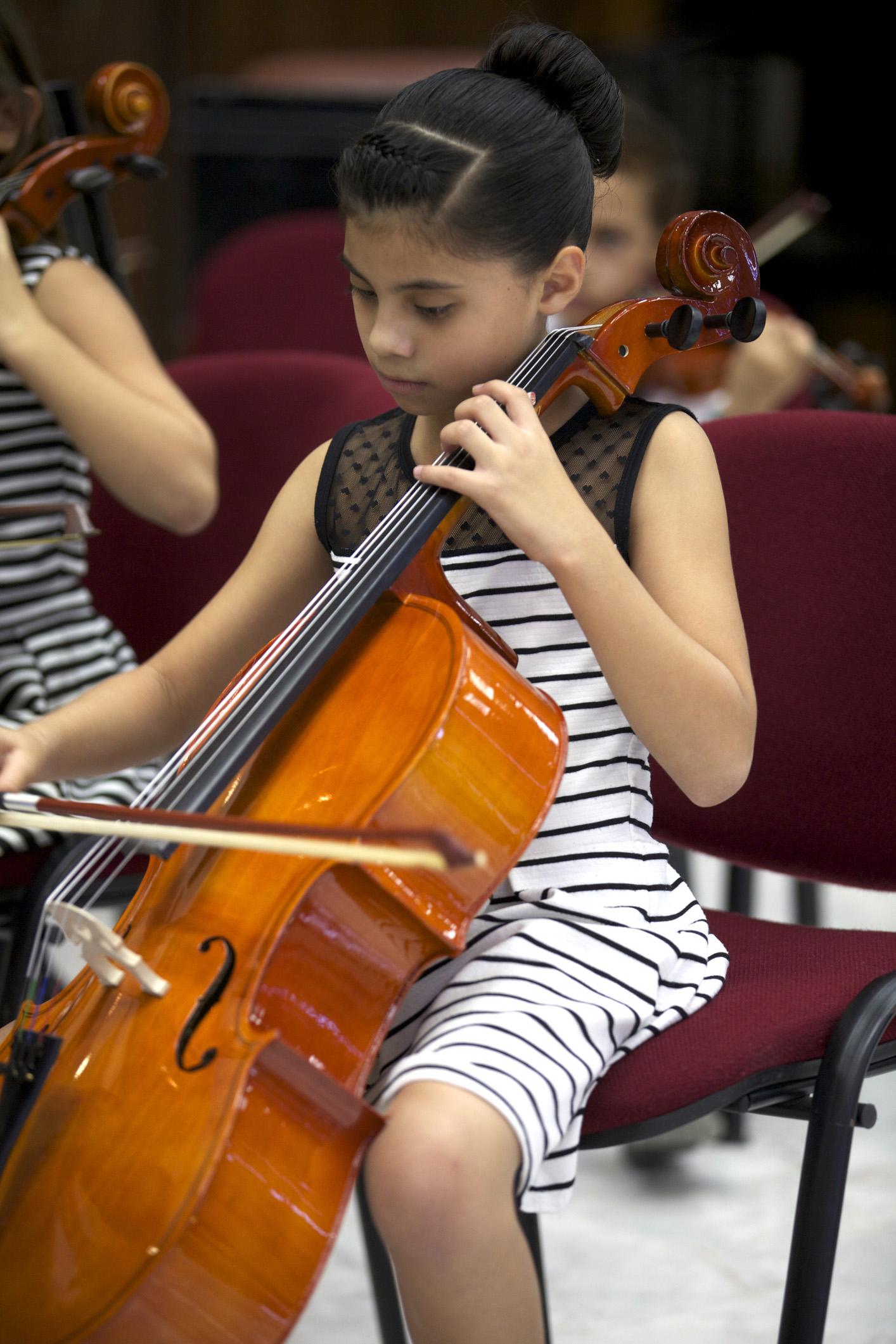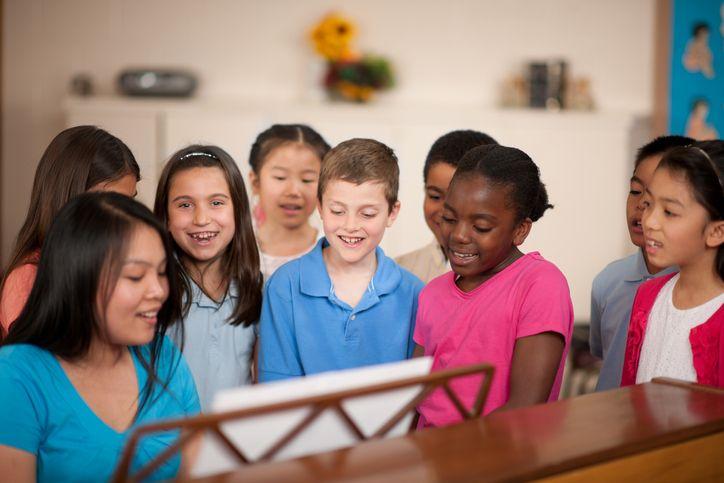Learning objective
- To demonstrate an understanding of Baroque music features when composing.
Success criteria
- I can describe why Henry Purcell was important
This content is for subscribers only. Join for access today.
National curriculum
Pupils should be taught to:
This content is for subscribers only. Join for access today.
Cross-curricular links
None.
This content is for subscribers only. Join for access today.
Before the lesson
This content is for subscribers only. Join for access today.
Lesson plan
Attention grabber
Explain to the class that they will listen to some music, and think about its structure (organisation), listening out for any repeating patterns. Play the Audio: Dido’s Lament below to share a clip of the first English opera: Purcell’s opera ‘Dido and Aeneas’. https://www.kapowprimary.com/wp-content/uploads/2023/04/Didos-Lament.mp3Please accept statistics, marketing cookies to watch this video. Listen and use the…
This content is for subscribers only. Join for access today.
Extended-mode explainer videos
How to extend your display to view the lesson page and preseantion mode simultaneously. Choose your operating system below to watch the video
If you need further support with extending your display,
please contact [email protected].
Extended-mode explainer video: For Mac
Extended-mode explainer video: For Windows
Adaptive teaching
Pupils needing extra support:
Could focus just on creating their ground bass pattern, and notating this with letter names using page 1 of the Activity: Ground bass notation.
Pupils working at greater depth:
Could notate their melody in the bass clef. Could make their melody more complex by adding rhythmic variation (crotchets, minims or semibreves, as well as quavers).
This content is for subscribers only. Join for access today.
Assessing progress and understanding
Pupils with secure understanding indicated by: composing, notating
This content is for subscribers only. Join for access today.
Vocabulary definitions
-
Baroque
Music created in Europe between 1600 and 1750.
-
ground bass
A repeating melody in the bass part, usually played by a cello.
This content is for subscribers only. Join for access today.





